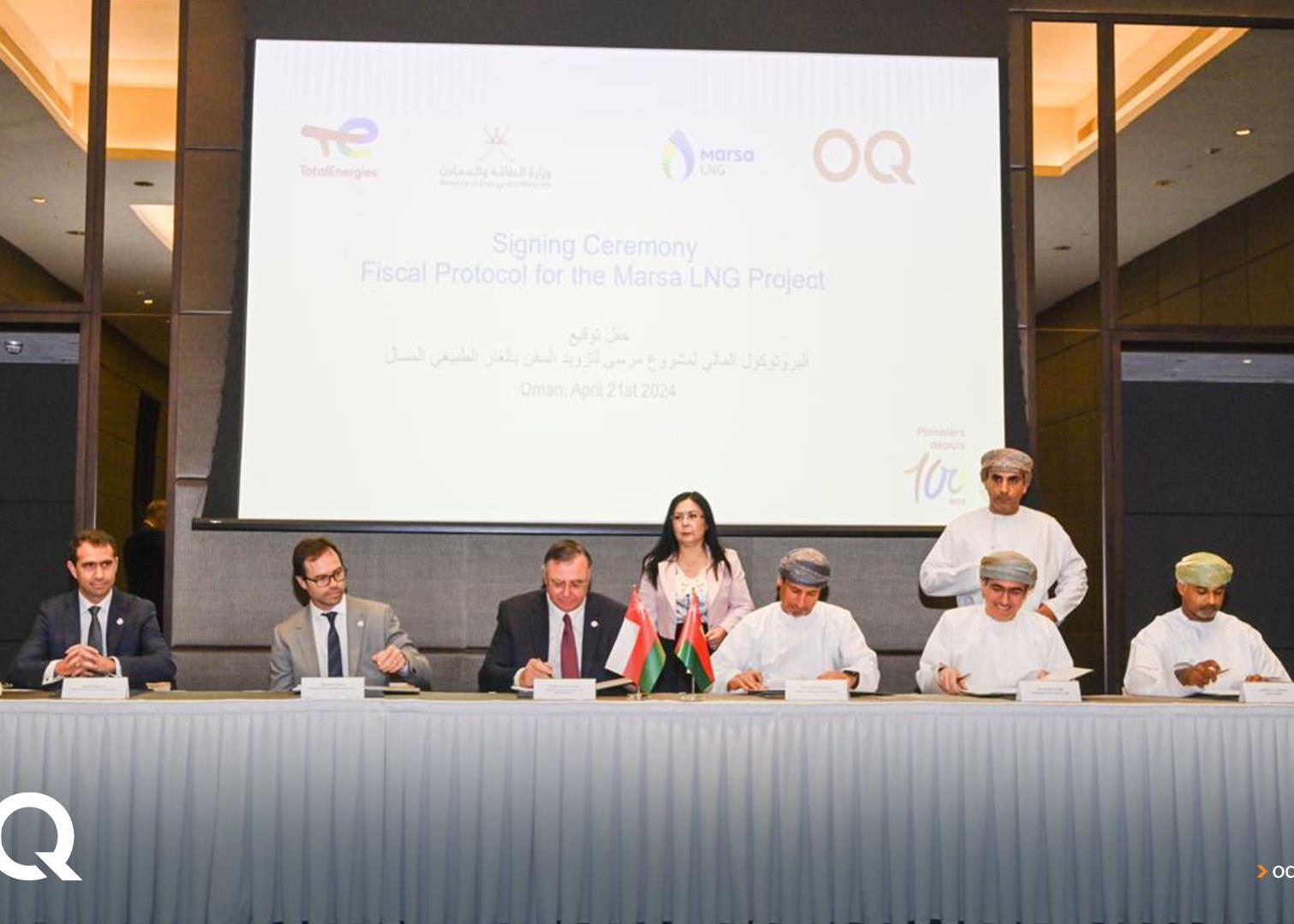
Issue is financing contractors and subcontractors
Lending institutions in Qatar are preparing for a boom in demand from contractors and suppliers involved in World Cup related projects, but warn that both borrowers and banks face major challenges.
“There is no problem for owners of the project to raise funding to finance the project,“ says Enrico Grino, assistant general manager, head of structured and project finance, Qatar National Bank.
“The issue is how are we going to finance the contractors, the subcontractors, the service providers and the suppliers? Not all of them are going to be credit-worthy. Not all of them are going to have the credibility or track record that will make it easy for bankers to lend to them.”
In Qatar, contractors face spending plans of around 30 per cent of the project value, with project owners requiring a 10 per cent advance payment guarantee, a 10 per cent performance guarantee and a 10 per cent retention bond. “So on $1bn project a contractor needs $333m worth of bonds and it is not easy for a contractor to get that,” said Grino.
Contractors agree that the size of the projects is an issue. “We are self financing and a few years ago projects were $3-$5m,” says Patrick Rowe, general manager at local Teyseer Trading & Contracting Company. “The latest project that we are bidding for is $200m and for the World Cup projects will be even bigger. We are going to have to go to the banks.”
Firms said that in some cases they may need to form joint ventures with other companies in order to secure the finance required to undertake major projects. “We are going to see more joint ventures between companies to limit financial requirements, companies that were fierce competitors will have to work together,” says Rowe.
Local banks said they are keen to lend to the supply chain. “There are 11 local banks and there are 7 international banks and all of them are ready to do business. We are all waiting for the tender process to be completed and for the contracts to be awarded,” says Steve Mullins, chief corporate banking officer, Commercial Bank of Qatar.
“The market is fairly mature in terms of financing contractors and in terms of all the bonding requirements from tender bonds through to advance payments and retention bonds. What you would need is available in a heartbeat,” he said.
However, although the local banking sector has assets of $166bn and deposits of $92bn, it also has a loans and advances volume of $82bn. “Lending capabilities of local banks will be affected by the loans-to-deposit ratio,” said Grino. “There is a cap on loans-to-deposit ratio of the banks of 90 per cent and most banks have exceeded this already, so unless we can increase our deposits we cannot lend anymore.”
More from Qatar Infrastructure Projects 2011
- Form consortiums now for Qatar metro construction urges Qatar Railways
- Qatar projects companies sector face intense competition
- Qatar peak power demand to hit 5,500MW in 2011
- Qatar to start logistics city construction by end of the year
- Qatar faces enormous financing challenge
- UK looks to develop Qatar trade
- Atkins chief highlights Qatar opportunities
- Qatar exchange to launch bond market
- Transport is key for Qatar World Cup success
You might also like...

Contractors win Oman Etihad Rail packages
23 April 2024

Saudi market returns to growth
23 April 2024

Middle East contract awards: March 2024
23 April 2024

Swiss developer appoints Helvetia residences contractor
23 April 2024
A MEED Subscription...
Subscribe or upgrade your current MEED.com package to support your strategic planning with the MENA region’s best source of business information. Proceed to our online shop below to find out more about the features in each package.






